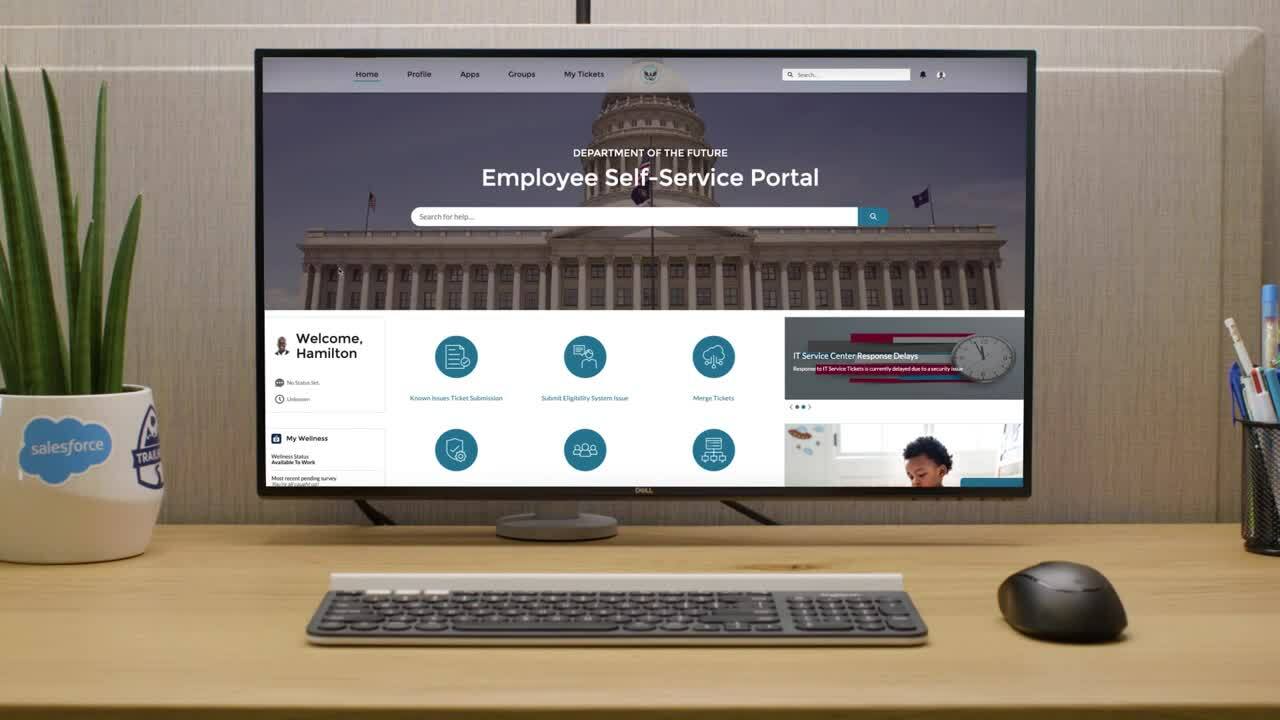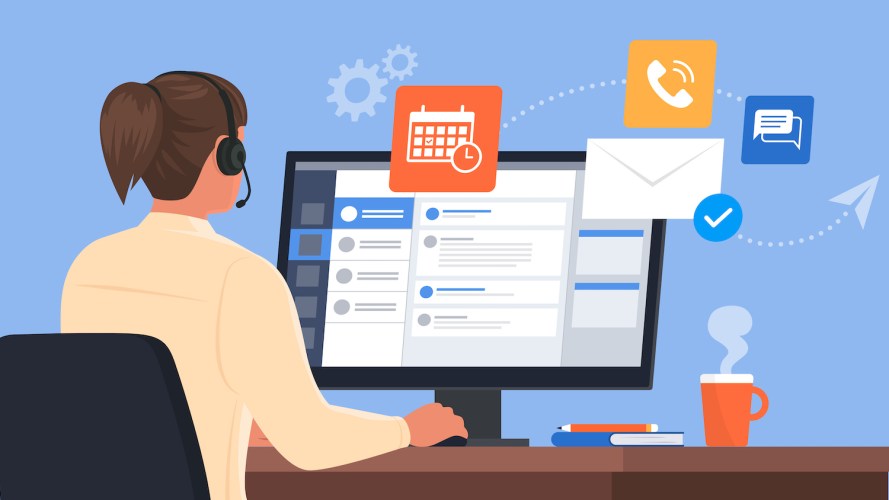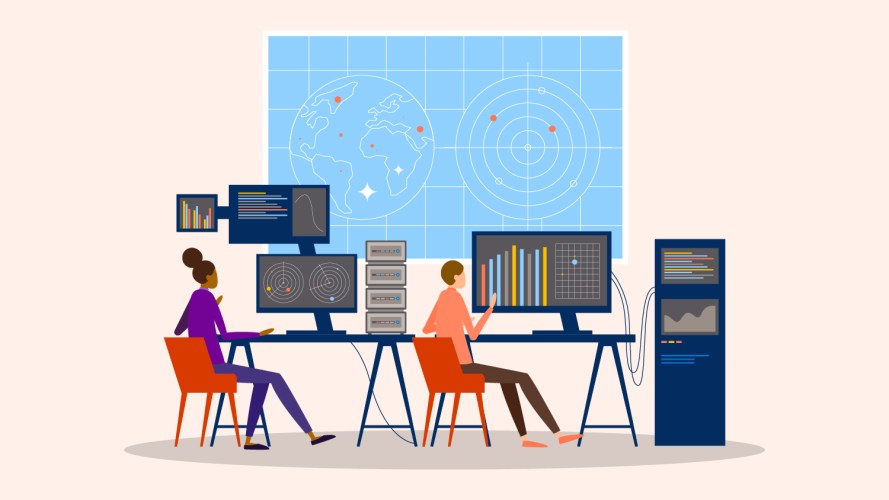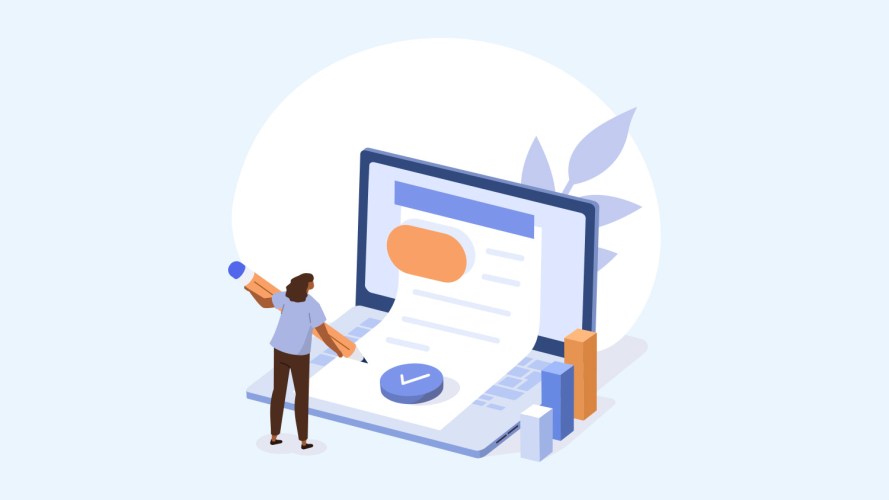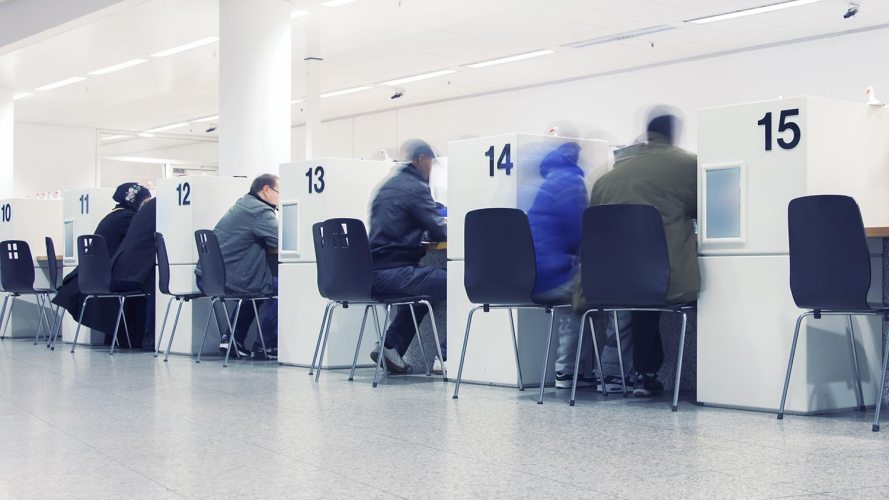Government Should Treat Their Employees Like Customers



As newer generations of employees join the government workforce, offering digital processes across the entire employee lifecycle is crucial.

Casey Coleman
The traditional workplace and the way we used to work — for better or worse — no longer work. In both our personal and professional lives, we’ve made the shift from “in-person everything” to “digital everywhere.” And we’ve gone from one-size-fits-all to personalized and intelligent products and experiences.
While this shift was well underway before COVID-19, it has been accelerated — and solidified — by the pandemic. We believe this shift is long-lasting — and the same rings true for the public sector. But this poses a unique challenge for government workers, who often do not have the tools necessary to carry out their mission in this new virtual world. It’s time to equip public servants with secure, mobile, digital solutions that help increase productivity and meet where and how they want to work.
According to the Salesforce Customer Success Metrics survey of 76 government and public sector customers, we have seen that remote employee productivity can rise 29% after implementing Salesforce. This is especially important for governments, where resources are sometimes constrained, but they still must fulfill their missions. When we focus on the employee experience, the benefits are compelling and long-lasting. Here are three benefits of pivoting to treat government employees like customers.
1. Transform how your employees interact
Amplifying employee engagement — and the overall employee experience — is emerging as a top priority for government agencies today. In the private sector, the connection between an organization’s success and its employee experience is clear. Forbes found that companies known for having an exceptional customer experience have 60% more engaged employees. Dedicating time, budget, and resources to the employee experience impacts both customer experience and ROI.
A recent survey shows government workers rate their workplace experience eight points lower than the overall private sector average (69% versus 77% positive). One significant reason for this discrepancy is the public sector has lagged behind on investments in innovative, better tools for employees, so consequently, their interactions are difficult and more fragmented.
Government employees expect better! They want their work tools and experiences to be equal to or better than their experiences with big brands. When employees feel connected, they are more satisfied, engaged, and productive. And especially as newer generations of employees join the government workforce, offering digital processes across the entire employee lifecycle is crucial to attracting, developing, and retaining talent.
Agencies can increase employee engagement through the right technologies to:
- Modernize and simplify form intake processes with digital automation
- Automate required approvals and workflows to save time and headaches
- Generate required documents to meet mandates and communicate with additional systems
2. Give your employees the tools they need to be productive
Not surprisingly, employee engagement, well-being, and productivity are all connected. An estimated $500 billion in productivity losses is attributed to disengaged workers in the U.S. annually. One of the biggest challenges is the continued use of legacy systems, which have mostly been designed for compliance and record-keeping rather than usability.
Legacy systems also hinder effective remote work, which is problematic since 92% of employees want flexibility around where they work. Disconnected legacy systems create numerous pain points for government agencies, including:
- Cumbersome and inefficient Human Resources (HR) processes slowed by manual inputs
- Unintegrated data from multiple sources that obscure visibility and operational insights
- Fragmented, inflexible systems that don’t support comprehensive management of employee lifecycles
A single workspace for leadership, HR, and employees can help to integrate data and centralize resources across teams and departments, impacting productivity. Cloud-based solutions can connect processes across these systems, and provide comprehensive data views and seamless interactions.
See how governments improve employee experience and accomplish digital transformation
One of our government customers streamlined key workplace readiness processes through a single, user-friendly, self-service portal. Through modern technology, the organization engaged teams, leveraged talent, and improved customer relations.nnThe result? A 50% drop in its candidate application processing time.n



3. Simplify employee service requests
From recruiting to onboarding, professional development, and everything in between, the employee lifecycle is currently riddled with forms, paperwork, and questions requiring follow-up.
The truth is that employees are still waiting in lines, on phones, or for paper or email responses to complete simple tasks throughout their lifecycle. These tasks can be anything from selecting healthcare benefits to submitting PTO (paid time off) requests or management performance reviews. With the help of automation, these HR processes can offer simplicity, transparency, and ease of collaboration — all at the fingertips of your teams and employees. While human interaction is still a large part of building on the employee experience, governments have an opportunity to offer an employee-centric approach. Putting their employees at the center of their mission and delivering on their service needs — just as they would customers — can lead to impressive impacts.
“Recruiting and onboarding continue to be some of the most important challenges facing agencies,” said Mike Hauser, Global Defense Strategy, Salesforce Global Public Sector. “These are make-or-break interactions.”
Just like customers, employees expect fast, intuitive, and intelligent customer service. Unifying and automating employee service requests not only bolster the employee experience — IT and HR teams also reap the benefits of streamlined service requests and communication.
Streamline requests and communications across disparate systems to:
- Deliver a modernized experience that your employees are seeking
- Empower employees to get the answers they need
- Increase agility and flexibility of IT and HR platforms
- Provide a single, connected console to resolve employee inquires with intelligence
What happens when government organizations refocus on the employee experience?
Employee engagement correlates with success at every stage of the employee lifecycle — from recruitment and onboarding to advancement and retirement or separation. Ultimately, better user experiences produce more engaged employees, more efficient organizations, and higher levels of mission attainment.
For organizations to stay ahead of the curve, retain and inspire employees, continue to make progress, and fulfill their mission, they must refocus and treat their employees like customers. That starts with a modernized approach to the employee lifecycle. Making it easier for your employees to meet their needs means happier, more engaged teams, greater efficiencies, and an increased sense of wellbeing. It’s a win-win for everyone involved.
For governments that are looking to create a more connected employee experience through technology, watch our demo video below to see how Salesforce can jumpstart your journey.
